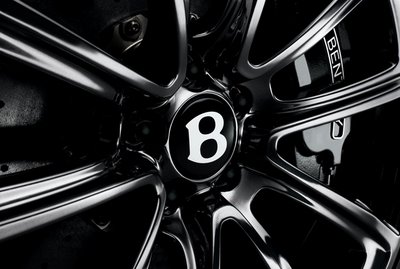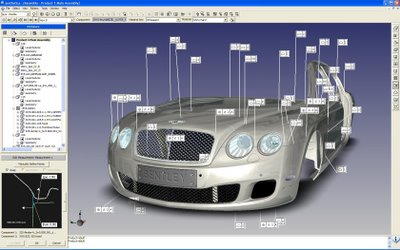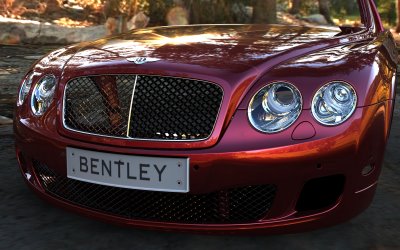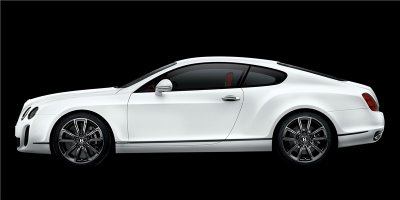News just out of Icona Solutions, that Bentley Motors has adopted its aesthetica product to assist the multi-disciplinary team involved in new vehicle design to visualize and agree on gap and flush conditions early in the design process at its design and manufacturing plant in Crewe, England.
It is being used to streamline and improve the process of achieving consistently high perceived quality in the company’s vehicles without negatively impacting development timescales and manufacturing costs.
Perceived Quality is something of a new concept, but the principles are pretty easy to grasp. By improving the fit and form of your product, you can, with careful planning, have that product (it’s by no means limited to the automotive world) achieve a level of aesthetic quality, with over burdening the manufacturing and assembly. Basically, if you get the tolerances right, you can have a repeatable product, that’s of a very high aesthetic quality, with reasonable tolerances (meaning lower cost and effort).
Aesthetica let’s you create the tolerance information using native CAD geometry and conduct stack up analysis to find out different assignments, different conditions effect quality.
The problem is that how in the name of all that’s holy, find that balance. This is where aesthetica comes it. It combines an advance tolerance analysis and stack technology with high-end visualization technology (in the latest releases, courtesy of bunkspeed). This mix allows you to play with tolerances, see how they shift as you tighten or loosen them off in specific places, experiment with control – but at the same time, have a photo realistic representation of how the variance of those tolerances will effect the visual quality of the product. What this also enables is that everyone involved in the process, who typically have very different skills, different language, references and focuses, can concentrate on their specialism, but both can see the effect of their field on each other’s data and specific core concentration areas.
At the same time, you can use the HyperShot integration to find out how those variations and assignments will effect the aesthetic quality of the product.
As the press release says, quoting Jim Shaw, manager of concept engineering at Bentley Motors commented that “We are constantly seeking ways to improve the design processes required to achieve quality in manufacturing. However, the practicalities of getting everyone involved to agree the gap and flush conditions ahead of the Class A surfacing process meant there was a reluctance to commit to them early enough in the design process. This was resulting in agreements only being reached after tooling prove-out models had been milled and stacked, which was leading to loops in the Class A surfacing activity that were eating into the development timeline.”
Following the findings of a working group that was formed to look into dimensional management throughout the development process at Bentley Motors, several new techniques were identified and justified, with the implementation of aesthetica being the final piece of the jig-saw puzzle.
“In several pilot projects over recent months it has been clearly demonstrated that aesthetica allows us to truly visualize the effects of all stake-holders proposals, not just for edge conditions but also for the underlying fixing constraints“, said Shaw. “Styling, engineering, quality and manufacturing people can therefore appreciate and understand each other’s requirements and reach agreement at a much earlier stage in the development process than was the case before.”
The use of Icona Solutions aesthetica software at Bentley Motors allows the variation in key areas of the vehicle that would occur under manufacturing conditions to be visualized, studied and understood without the need for the manufacture of solid, physical models. These key areas have been agreed with the cross-functional team that is responsible for design approval.
“Specific viewpoints that are used by the audit team have been set up in aesthetica so that they review the virtual 3D models in the same way that they view production cars,” explained Patrick Crutchley, Senior Engineer for Surfacing at Bentley Motors. “The improvement in understanding and the promotion of collaboration between departments that this brings has been immense,” he adds.










